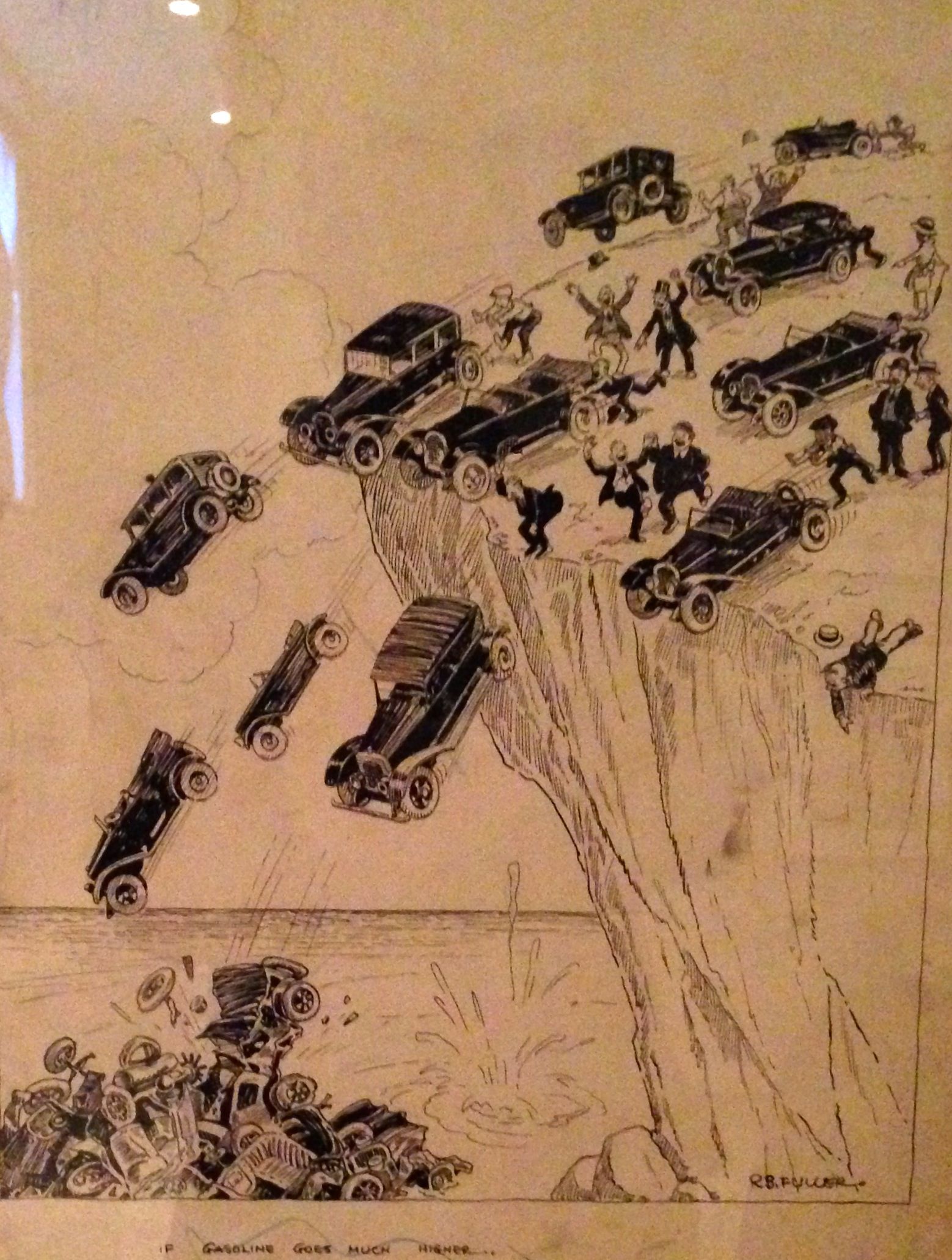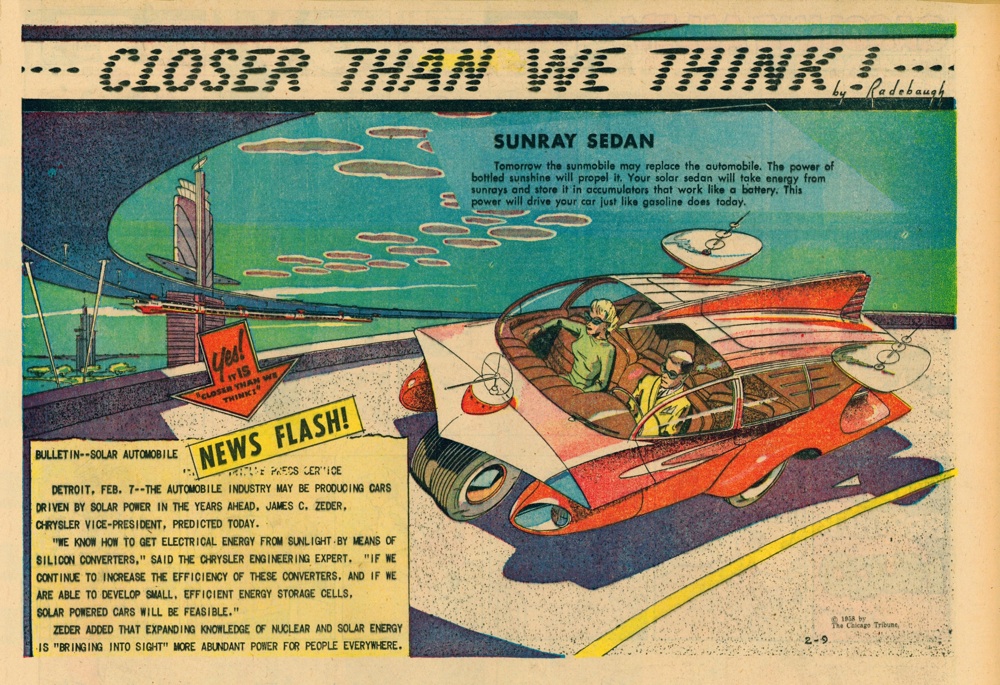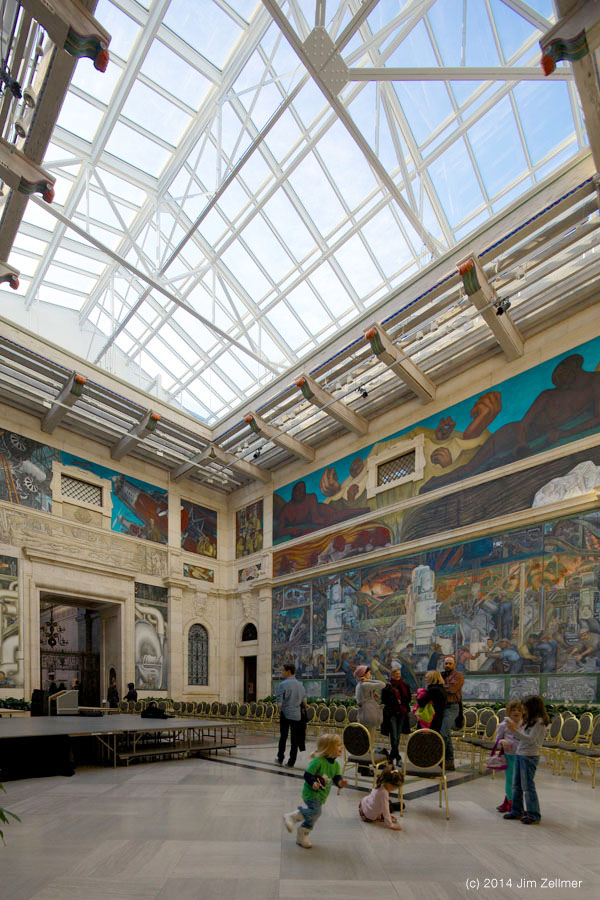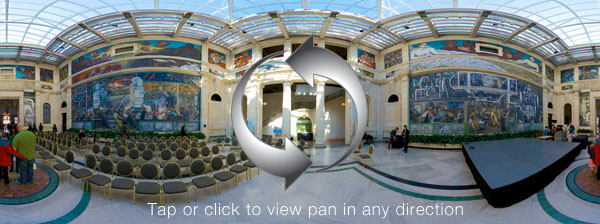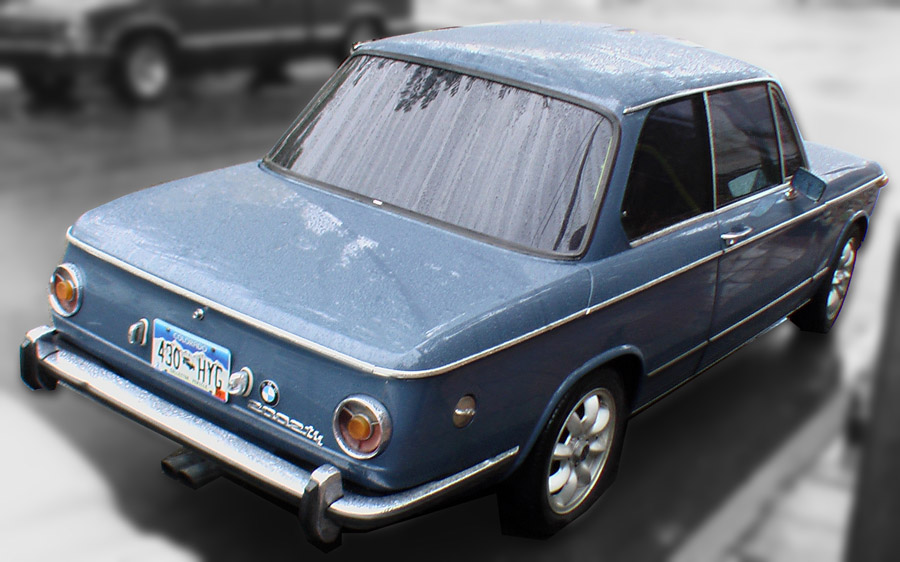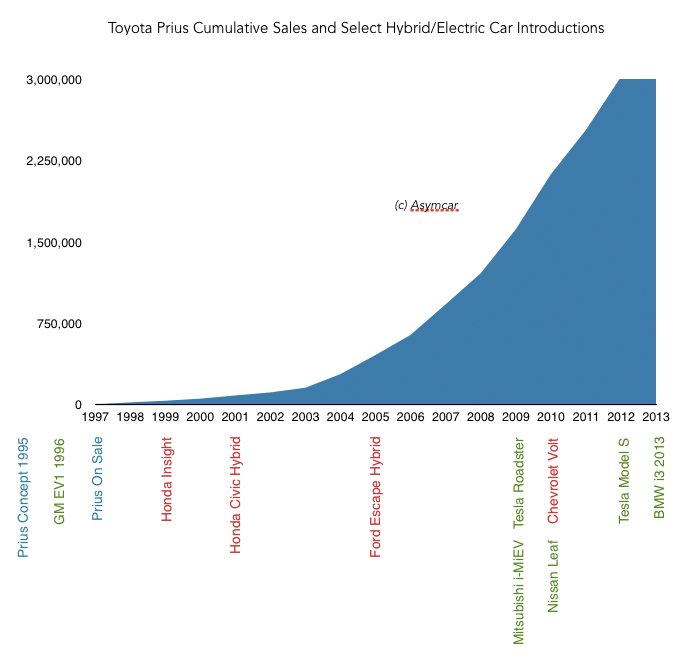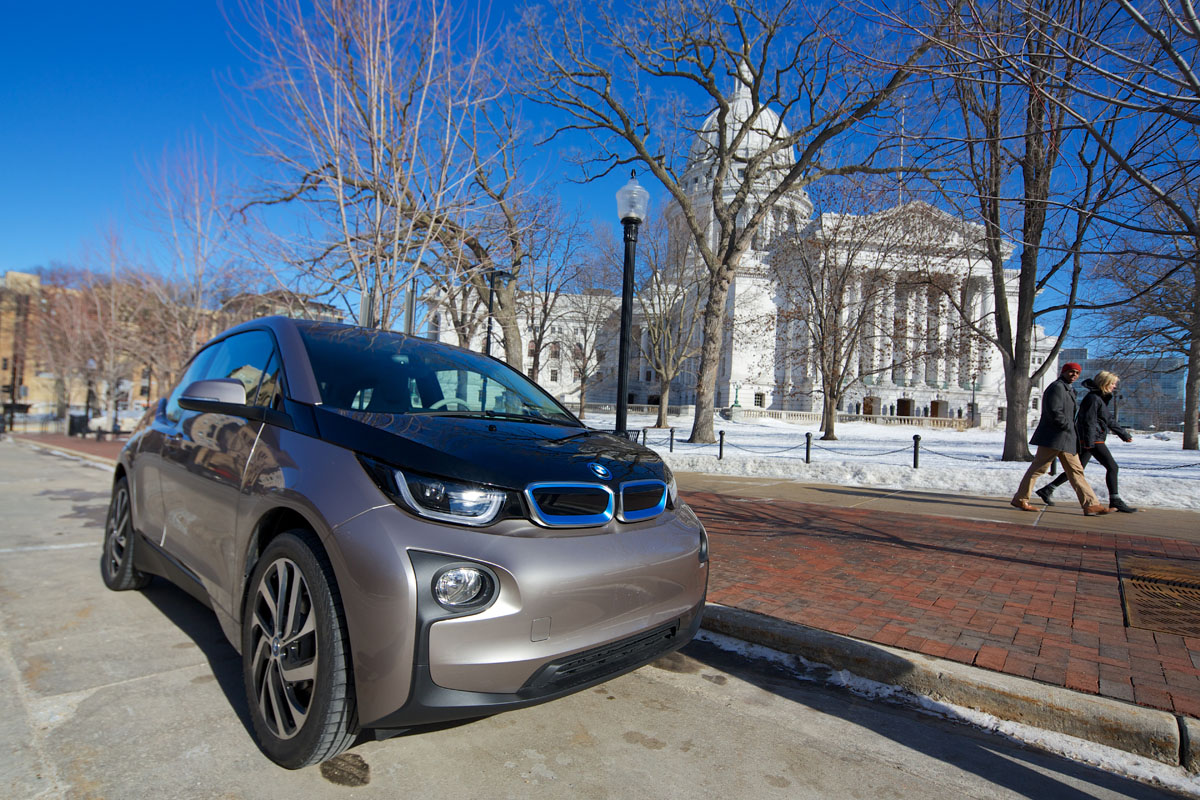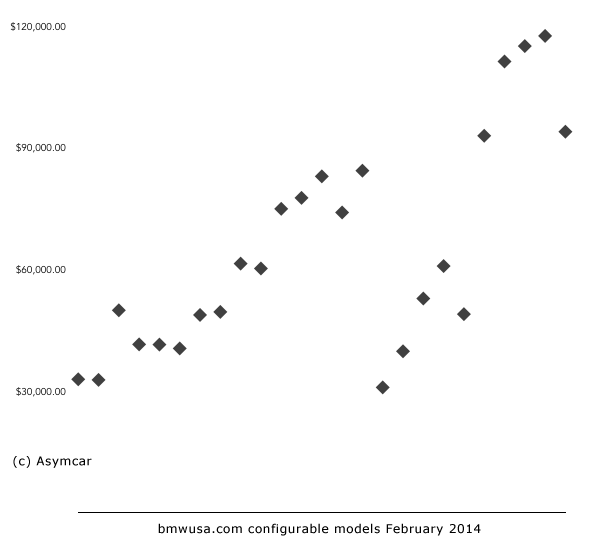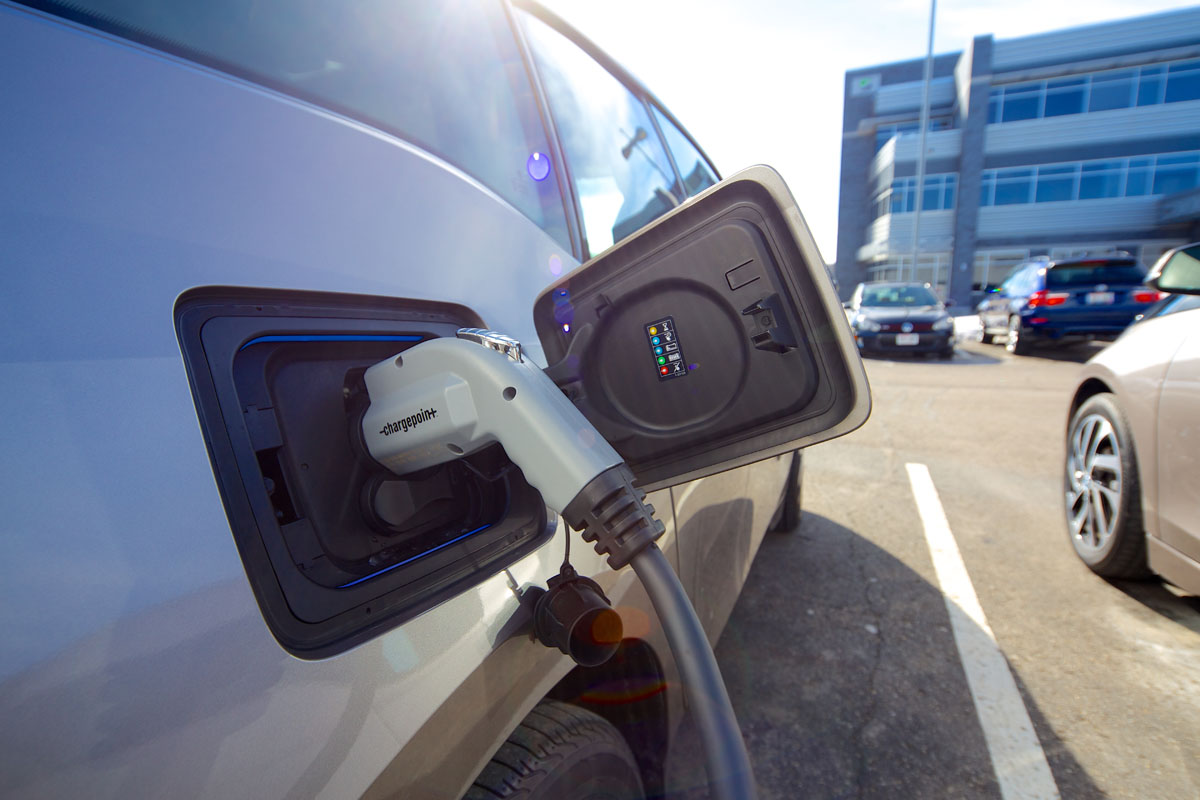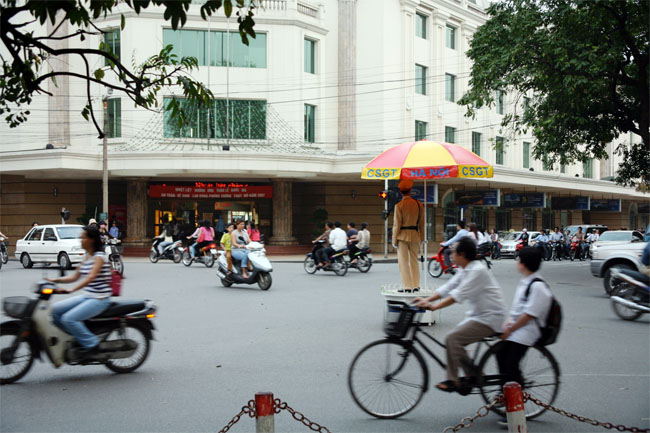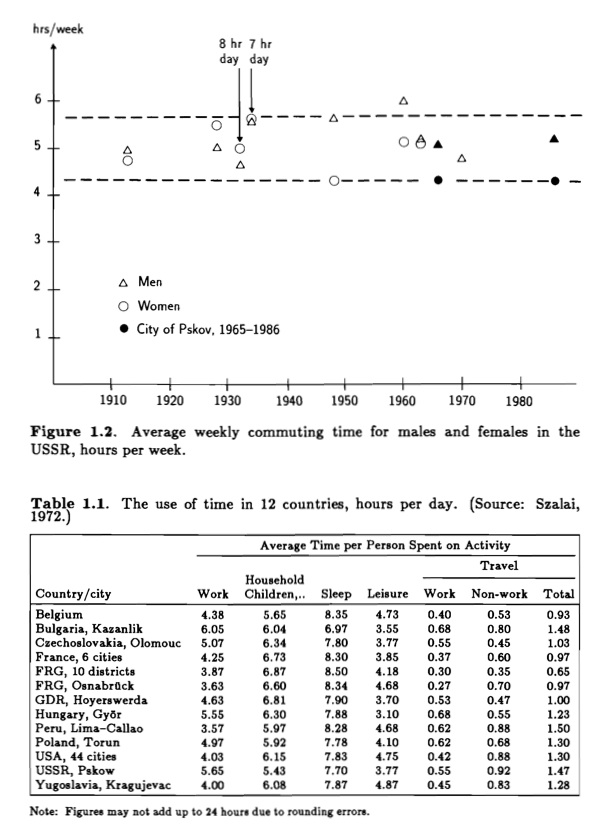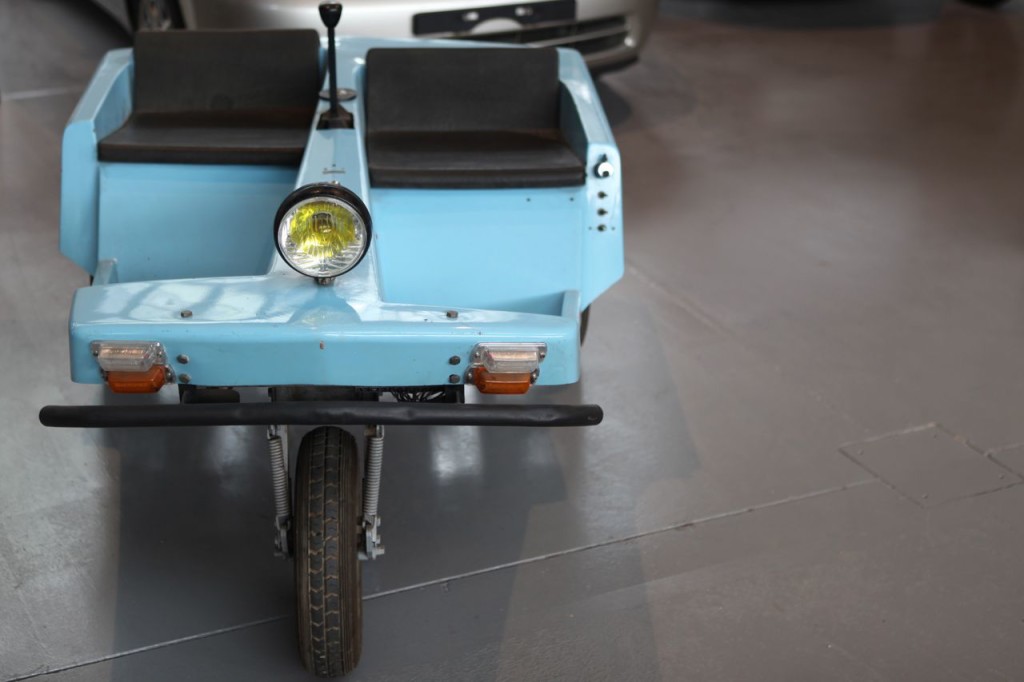Matt Grantham:
I thought that I would send this one through and add a couple of comments based on the last podcast for things to think about for the second part.
I am not sure if I mentioned it with in Asymcar 16 but one of the reasons that people are so excited about solar (especially in Australia and other sunny parts of the world) is that with the roof top option you completely take the need grid infrastructure out of the equation. Which in Australia is about half the cost of your bill and as panel costs come down the economics of this are just going to get stronger. I agree that wind prices are also going down but all other technologies have the disadvantage that they are not able to be distributed around the grid.
To highlight this point here is an article which really shows the system challenge for energy based looking at the distributed vs centralised model
http://reneweconomy.com.au/2014/even-coal-free-couldnt-compete-rooftop-solar-88808
It is relevant to mention that you can also have large PV solar plants as well that face the same challenges as wind, coal and geothermal if they are grid connected.
In the podcast I did I forgot to mention one crucial element that could really help push EV’s and that was electricity tariff reform because if you can start to see one of the what at the moment is one of the problems for the grid ie over supply and as a result cheap energy and combine that with tariff reforms that encourage EV users to suck up this cheap energy then what was a problem for the grid is now a competitive advantage for EVs as long as you get the market structure right. I think good energy market structures are the key.
Also another concept that we have thrashed about on our show from time to time is the idea of variability VS intermittency with regards to clean energy and if you have got a real time market and smart devices like EV’s then they can add to the overall stability of a grid. Solar now we are calling “predictably variable” because even though it is not there at night and you can get clouds from time to time when you look at the system input across a city on a daily basis you do get a very predictable output from it on a day to day basis and modern weather forecasting is helping to refine this even further.
Here are some other EV articles I stumbled across recently that you might be interested in.
http://reneweconomy.com.au/2014/why-evs-will-make-solar-viable-without-subsidies-91738
http://reneweconomy.com.au/2014/makes-sense-pair-solar-evs-14517

